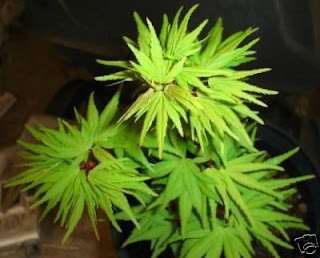By Ahmed Hajouj.
Most homes have a front lawn or a backyard with trees and grass. The person can easily make a few changes then it will be better than it was before. A good hobby that some individuals have taken in the spare time is gardening and the same thing can be done if one decides to have a greenhouse.
The first thing that needs to be done is assess the area where the greenhouse will be. If there is not that much space in putting a free standing version, then perhaps attaching the greenhouse to the home is a good idea.
The first thing to be done is to measure the area. The greenhouse should have enough sunlight for the plants and shade when it gets too hot. This can be done by making some observations at different times of the day.
The home may be affected by the cold climate or the heat during the summer. Preparations need to be done to install and heater and a ventilation system which could to counter the threat and make the flowers grow in the greenhouse.
The kind of heater to be used for a greenhouse can be powered by electricity since the area isn’t that big. Getting something like those that use oil or gas may only be needed if the structure is expanded.
Both systems will provide the gardener sufficient oxygen and carbon dioxide that is needed for the plant to grow.
Another way of giving plants enough space to grow is the type of panels used for the greenhouse. Since plants need sunlight to grow, the type of material used for the windows and ceiling are important.
Traditionally, glass can do the job but some studies have shown that too much sunlight passes through and kills the plants. To avoid this, panels made of film, plastic or Plexiglas is much better.
The greenhouse should also use the ideal kind of flowers that will survive the climate. The person can ask the sales representative at the gardening store or look at the label posted on each plant before buying and bringing it home.
When everything is ready, the person has two options. The first is draw the design then go to a supplier who can do that or go directly to the contractor to make a drawing then have it made.
If the person doesn’t have an idea where to start, one can look at how the other people who do this as a hobby in the neighborhood do it. The person can also visit the arboretum or look at gardening magazines just to get an idea what kind of greenhouse is best for the home.
The soil in that part of the house should be prepared before construction is under way. Basically, this is just to enclose the area so it is alright if there are plants in the site already.
The greenhouse can later be improved to not only have soil but have water at all times that will enhance the plants growth. This technique which is done by farmers to increase crop production is called hydroponics farming.
When the gardener, has enough money, soil can be changed to water channels that release water mixed with nutrients to the plants. There are various ways to do this and doing some research on the way this can be implanted will get the gardener moving on the right track.
Another thing needed to properly work in the greenhouse is having the right equipment. This can easily be purchased at the local gardening store and these should be stored properly when not in use.
It will be a good idea to have this locked to prevent children from playing with it and accidents from happening.
Gardening doesn’t always have to be done by a professional. The person can do in a creative way to make the house stand out. By doing some research first before having it installed, the place will really look great when construction has been completed.
By knowing the proper techniques in maintaining the greenhouse and planting the right flowers, this place will be another room that will really make the individual feel at home.




